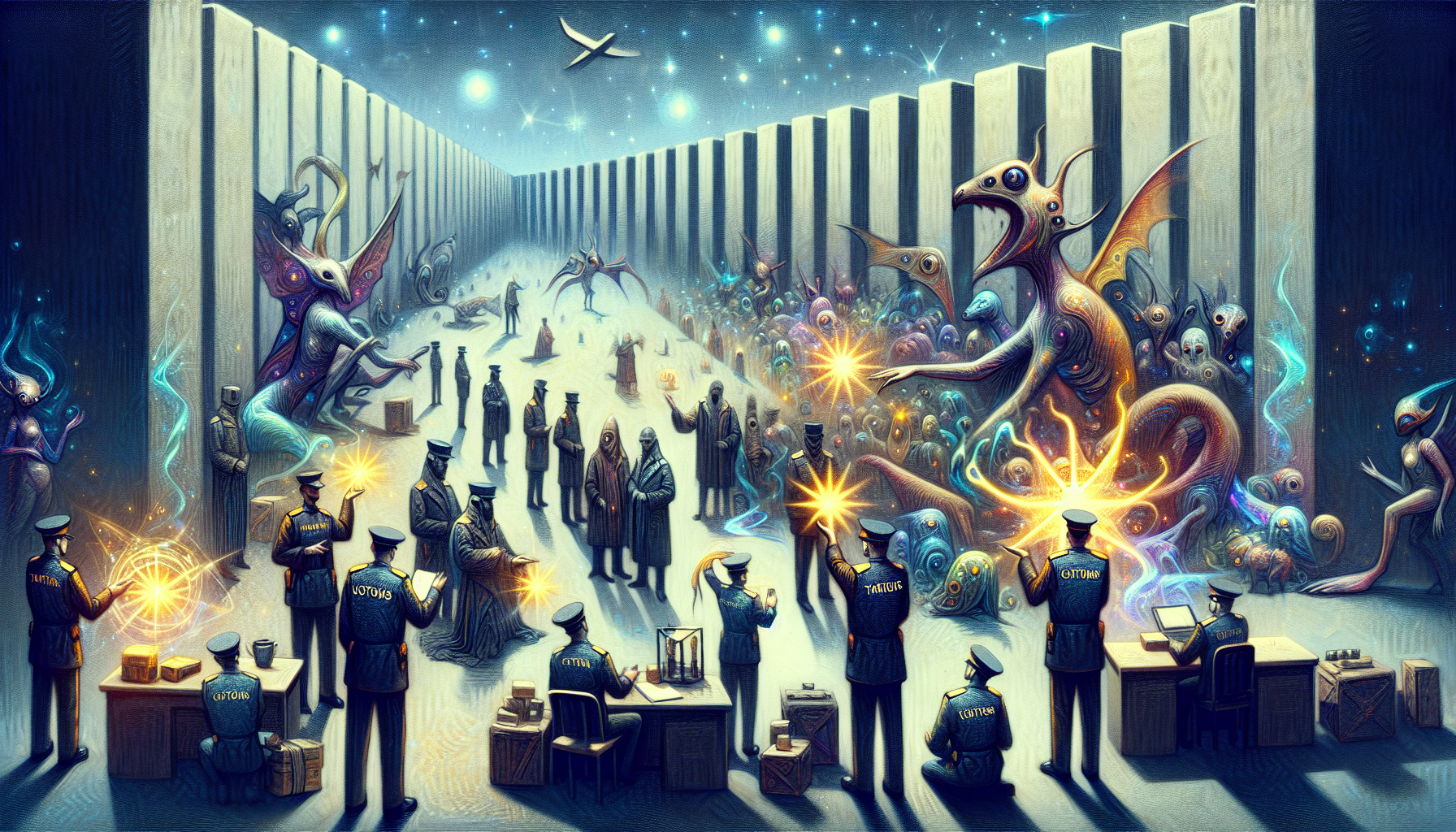Tariffs, in the simplest terms, can be understood as taxes or duties imposed on imported goods.
Countries use them as policy tools for various reasons – from protecting domestic industries and maintaining economic balance to political strategies and negotiations. No matter the reason, the impact of tariffs is profound, affecting consumers, producers, and the global economy.
From a domestic perspective, tariffs are often seen as a protective shield for local industries.
By making imported goods more expensive, they provide a competitive edge to domestic players, safeguarding jobs and promoting local manufacturing.
This approach, often termed as protectionism, is seen as a means to foster domestic innovation and industry in the face of intense foreign competition.
However, tariffs can also have a flip side. They tend to increase the cost of imported goods, which is ultimately borne by the end consumer. Higher import duties can inflate the prices of goods, leading to increased cost of living, and sometimes, limited choices for consumers.

From an economic standpoint, this could potentially stifle consumer freedom and economic efficiency.
A pivotal aspect of the tariff impact lies in its influence on global trade dynamics. Tariffs can incite trade wars, leading to a chain reaction of increased duties and strained diplomatic relations. This not only affects bilateral trade agreements but can also disrupt the global supply chain, impacting several related economies in the process.
Recent trends indicate that international organizations like the World Trade Organization (WTO) are advocating for more liberal trade policies, aiming to reduce tariffs and promote free trade.
The argument behind this advocacy is that lower tariffs facilitate greater global trade, driving economic growth, and prosperity on a global scale.
Nevertheless, the debate on tariffs is a complex and nuanced one, with economists advocating different approaches based on varying scenarios. While some see tariffs as a necessary tool to protect domestic interests, others perceive them as impediments to free trade and economic growth.
For businesses operating in today’s global economy, understanding the role of tariffs is crucial. They need to factor in these duties while planning their supply chain, pricing strategy, and market expansion plans.
As such, staying abreast of changes in tariff policies can provide them with a competitive edge in the dynamic international trading landscape.
Adapting to the fluctuating tariff scene also requires countries to monitor, negotiate, and revise their economic policies continually.
Today, more than ever, the world needs stronger international cooperation to manage the intricate web of tariffs and to ensure a balanced and equitable global economy.
While tariffs are a cog in the wheel of the international trade mechanism, it is clear that their impact is far-reaching. They shape the very contours of the global economic landscape, influencing the fine balance between protectionism and free trade. Their nuances and implications, therefore, remain an area of constant study and scrutiny in the field of economics.